| Feature | Fresh Basil | Dried Basil |
|---|---|---|
| Flavor Intensity | Bright, aromatic, slightly peppery | Milder, more earthy |
| Best For | Garnishing, dressings, sauces, cocktails | Cooking into sauces, soups, stews, baked goods |
| Shelf Life | Up to 1 week in fridge | Up to 1–3 years if stored properly |
| Substitution Ratio | N/A | 1 tsp dried = 1 tbsp fresh chopped |
| Product | Features | Best For | Occasion |
|---|---|---|---|
| Organic Basil Bunch | Locally grown, pesticide-free, vibrant color | Garnishing, salads, garnishes | Weekend cooking or farmer's market runs |
| Dried Basil Leaves (Whole) | Non-GMO, vacuum sealed, strong aroma | Cooking into sauces, pastries, soups | Everyday pantry staple |
| Basil Infused Olive Oil | Lightly infused, extra virgin base, no artificial additives | Drizzling, dipping, marinades | Gifts or gourmet dinners |
How do I store fresh basil to make it last longer?
Treat fresh basil like cut flowers: trim stems, place in a glass with 1-2 inches of water, cover loosely with a plastic bag, and store at room temperature away from direct sunlight. Change water every 2 days. For longer storage, freeze whole leaves in olive oil using ice cube trays.
Why are my basil leaves turning yellow?
Yellowing typically indicates overwatering or poor drainage. Basil prefers slightly dry conditions between waterings. Ensure your pot has drainage holes and you're only watering when the top inch of soil feels dry. Yellow edges can also signal nutrient deficiency - try a balanced liquid fertilizer every 4-6 weeks.
Can I substitute dried basil for fresh in recipes?
Yes, but use one-third the amount since dried basil is more concentrated (1 tsp dried = 1 tbsp fresh). Add dried basil early in cooking to allow flavors to develop, while fresh basil should be added at the end to preserve its delicate flavor. Note that dried basil lacks the bright peppery notes of fresh.
What's the difference between holy basil and sweet basil?
Holy basil (Tulsi) has a spicy, clove-like flavor with medicinal properties used in Ayurvedic medicine, while sweet basil (Ocimum basilicum) has the classic sweet-peppery profile for cooking. They're different species - holy basil is more pungent and less sweet, making it better for teas than pesto.
Does basil really repel mosquitoes?
Yes! Basil contains compounds like eugenol and limonene that naturally repel mosquitoes. Place pots near entryways or crush leaves and rub on skin (diluted with carrier oil) for temporary protection. For best results, combine with citronella and lavender plants in your outdoor spaces.
How often should I harvest basil to keep it productive?
Harvest weekly once plants reach 6-8 inches tall. Always pinch above leaf nodes (where leaves meet stem) to encourage branching. Never remove more than one-third of the plant at once. Morning harvests when essential oils are most concentrated yield the best flavor.
Proper basil storage is critical for freshness and flavor. The National Institutes of Health confirms basil's antioxidant properties support immune health, while culinary experts recommend specific techniques for maximum impact. Here's how to use basil like a pro:
Storage Method: Trim stems, place in water like cut flowers, cover loosely with a plastic bag, and store at room temperature. Change water every 2 days. For long-term storage, freeze leaves in olive oil using ice cube trays.
Fresh vs Dried: Use fresh basil for garnishes and cold dishes where bright flavor matters. Dried basil works best in cooked dishes like sauces and soups. Remember: 1 tsp dried = 1 tbsp fresh chopped.
Health Benefits: According to USDA research, basil contains vitamin K and antioxidants that reduce inflammation and support cellular health. Its essential oils also provide stress relief through aromatherapy.
Growing Tips: Basil needs 6-8 hours of sunlight daily and well-draining soil. Water when the top inch of soil is dry. Pinch leaves regularly to encourage bushy growth.
Expert Culinary Uses: For pesto, blend fresh basil with garlic, Parmesan, pine nuts, and extra virgin olive oil. For Caprese salad, layer fresh basil leaves between mozzarella and tomatoes. Infuse olive oil with basil for gourmet drizzling.
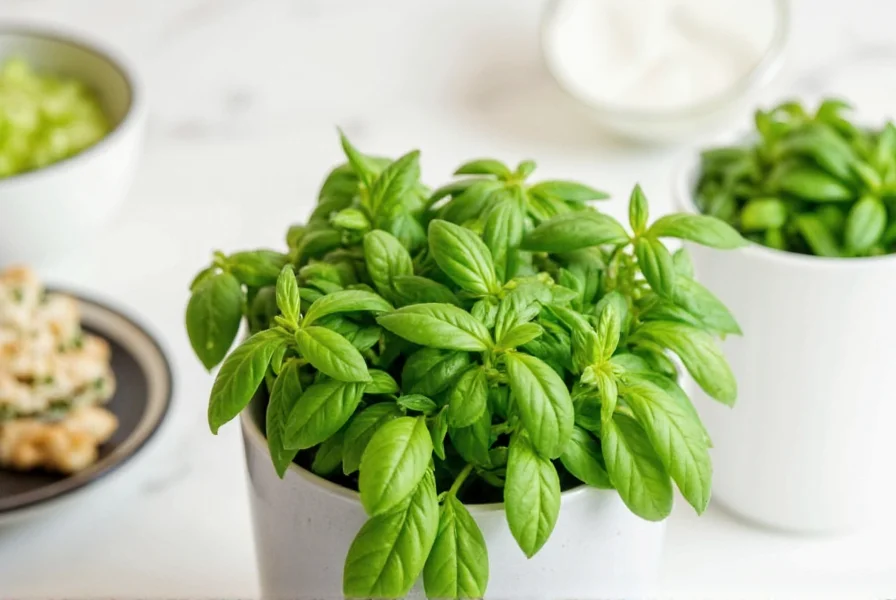
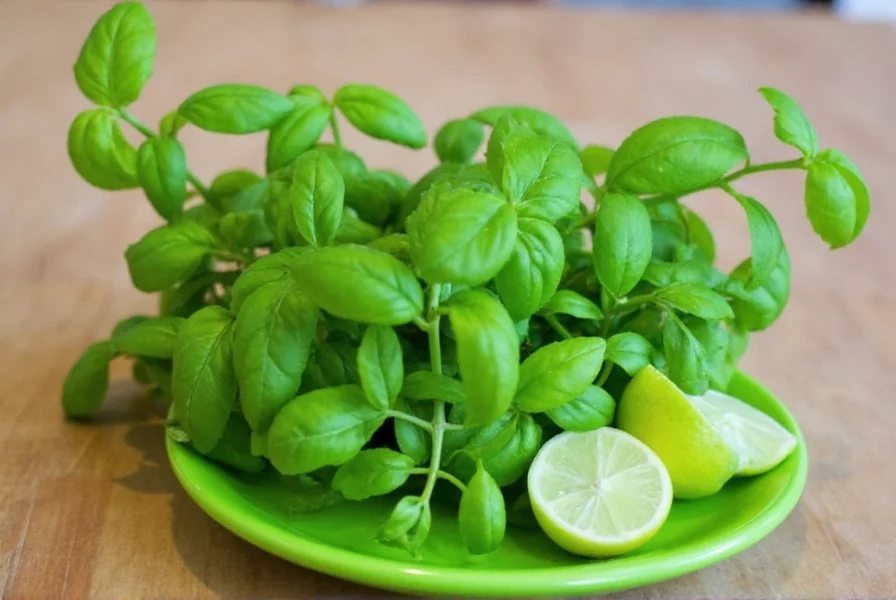
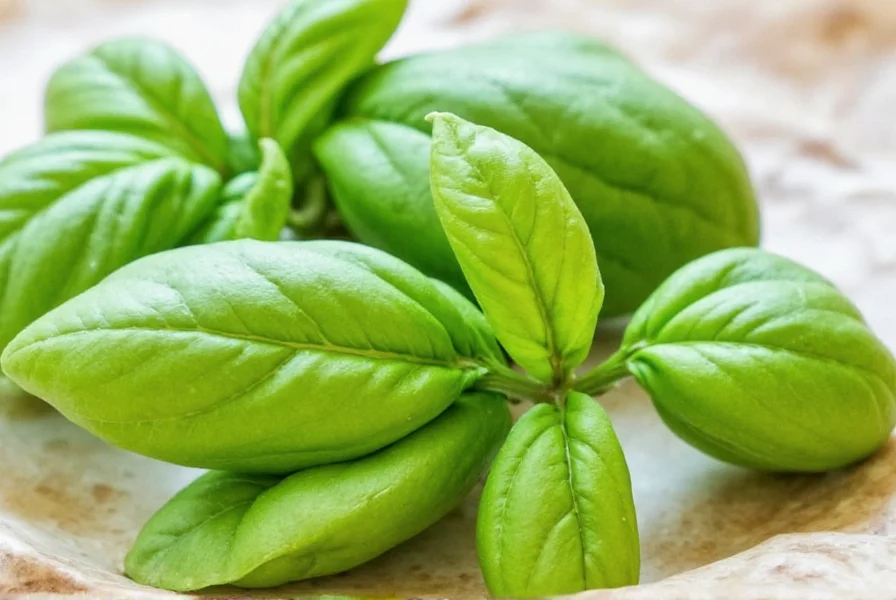
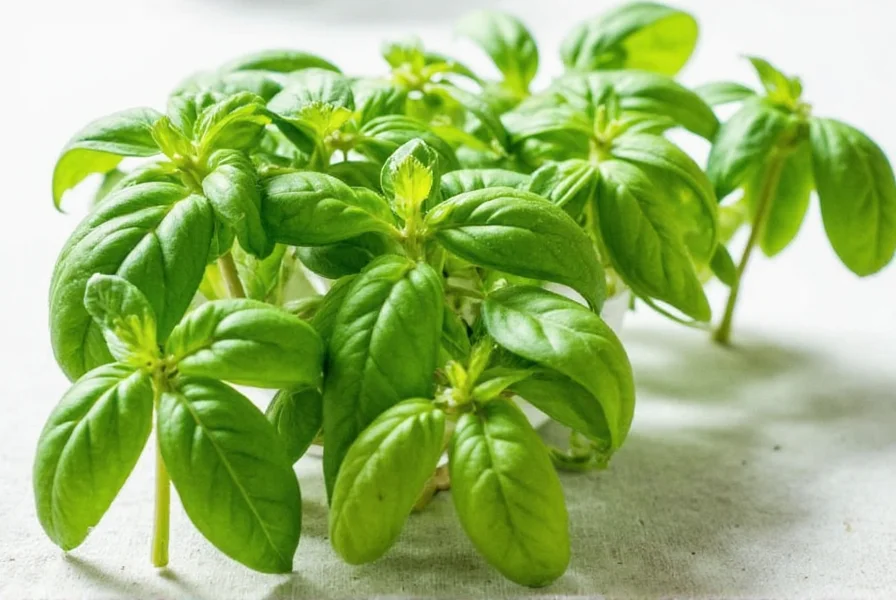
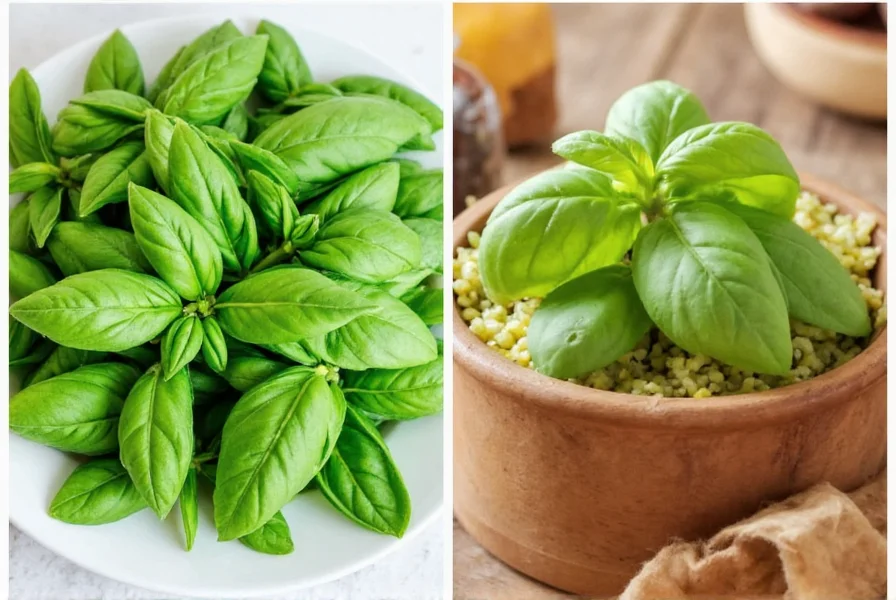
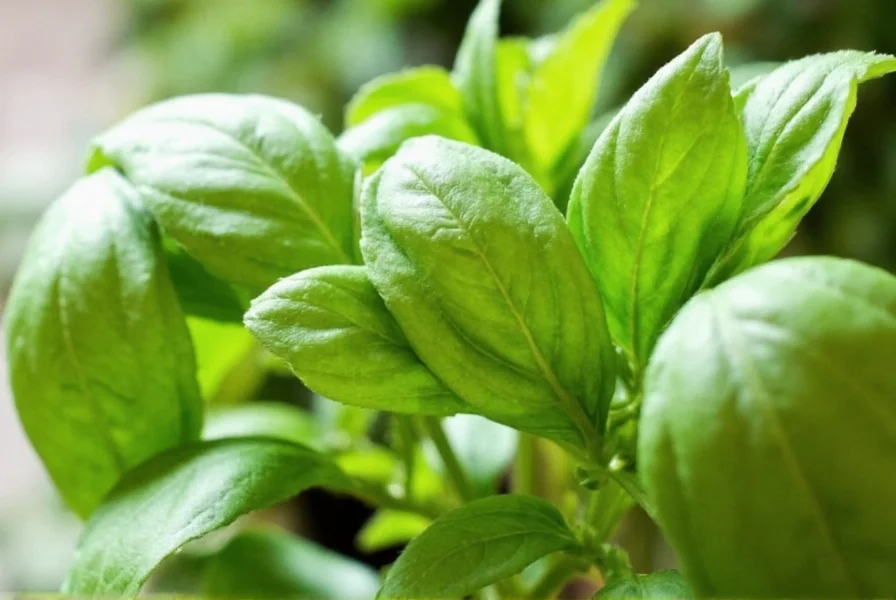

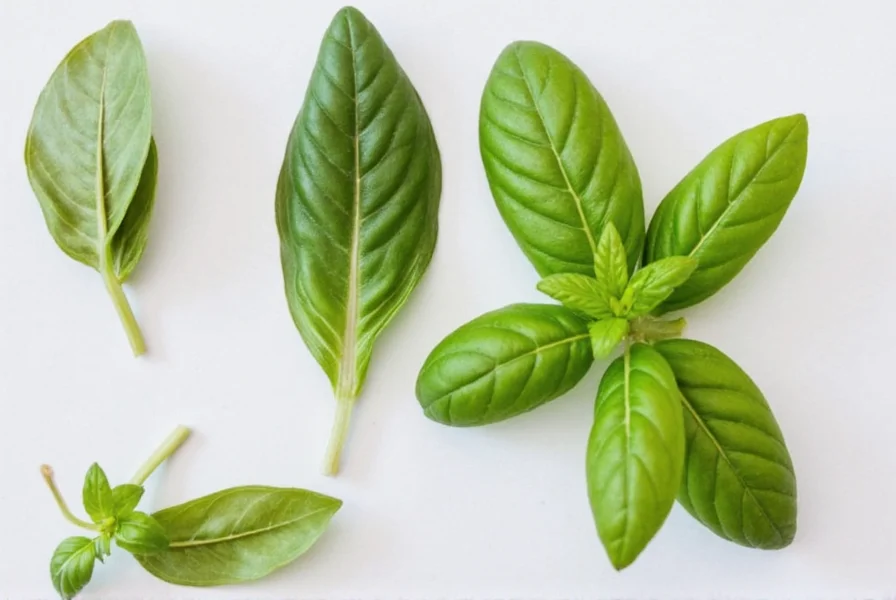

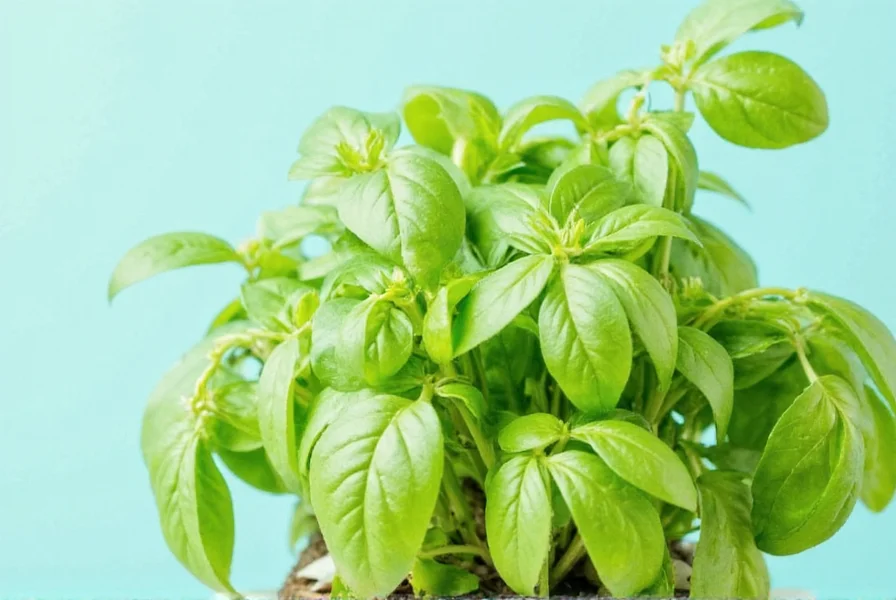









 浙公网安备
33010002000092号
浙公网安备
33010002000092号 浙B2-20120091-4
浙B2-20120091-4